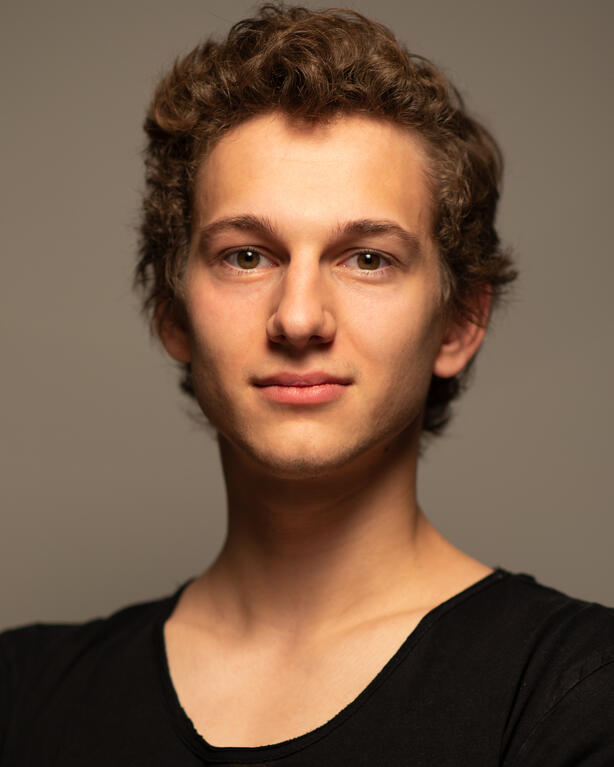Director of photography
DAMIAN DERUNGS
STORYDRIVEN CINEMATOGRAPHY
about
Born and raised in Switzerland, Damian Derungs started out as a musician, playing saxophone in several jazz and funk bands. Next to his career in music he pursued his passion for rock climbing. After suffering a serious injury, climbing was no longer an option, which is why he picked up a camera and began documenting the journey of his friends and their experience with the sport. Soon after, he started his work in the commercial industry where he gained experience as a 1st ac, gaffer and finally, director of photography. Launching his own company "steepfaceproductions" in 2018, he has already completed two narrative shorts and is currently working on his first feature.
rotate for best apperance
2023 Reel
Selected projects
PRESS
My obsession with stories, with capturing those emotional experiences that halt time itself, has led me down this path.
- Interview with Shoutout LA
Capturing the world of
SEPTEMBER BABIES
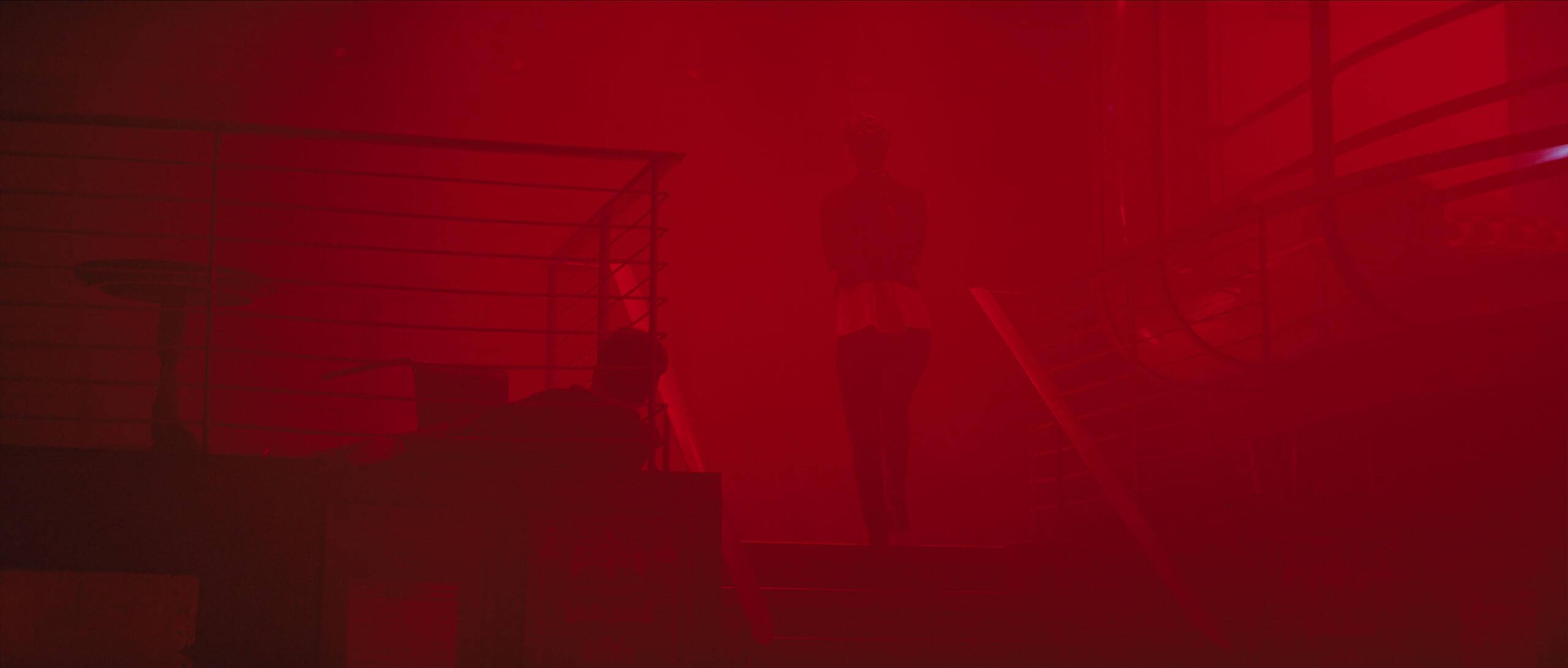
Our upcoming film, "September Babies," features a captivating palette of vivid colors in its lighting, reminiscent of the dystopian future depicted in "Blade Runner 2049" and recent action blockbusters like the "John Wick” franchise. In the dark realm of "September Babies," “Zea” is born into a world where every decision carries extreme consequences, imbuing each small moment with a larger-than-life significance. This heightened reality is strongly reflected in the hyperreal visual aesthetics. While this daring approach to color may not suit every story, the invaluable lessons learned can expand your perspective on color and cinematography in your own project.
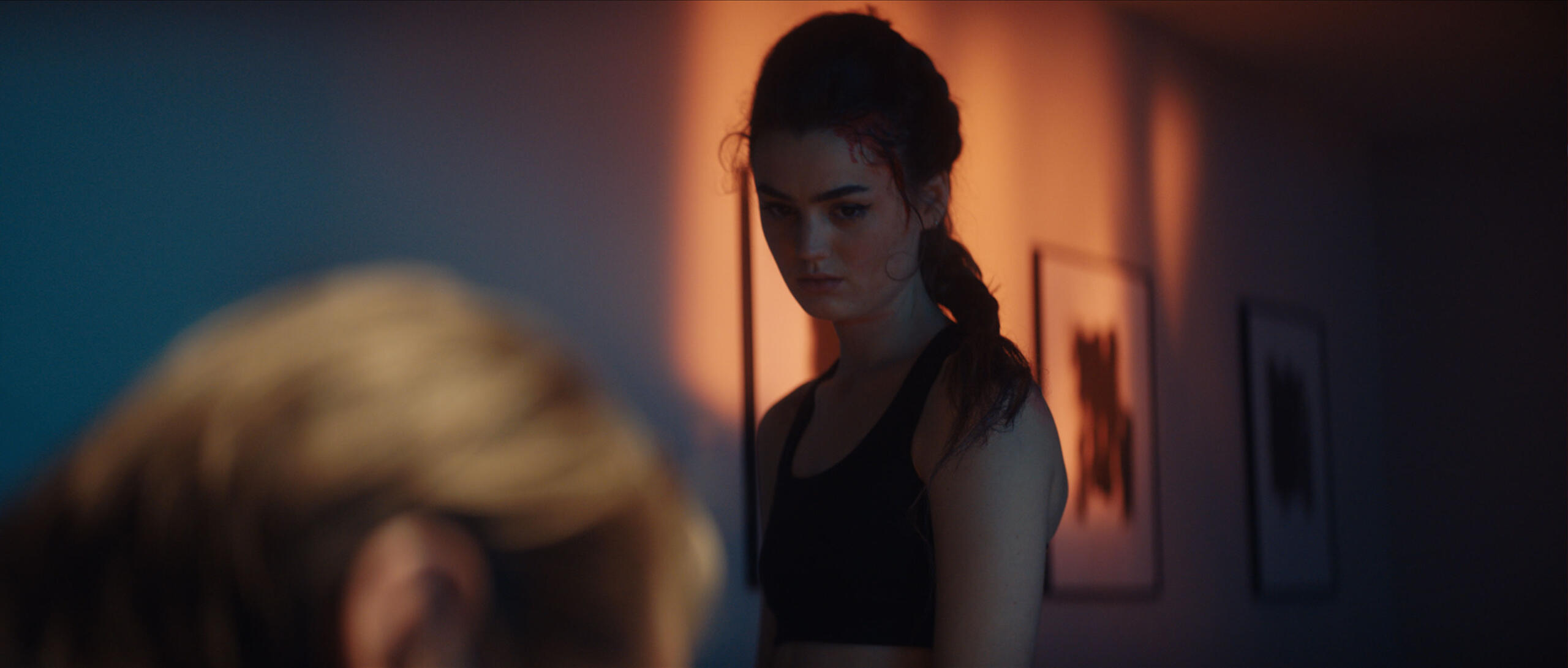
The use of lighting to craft the look and feel is a powerful tool for structuring your film's storyline and swiftly establish the mood for each scene. During the early stages of developing "September Babies,” we recognised the necessity of intercutting the main storyline with flashbacks and concurrent moments to generate the required energy.
Creating unique atmospheres not only serves to distinguish scenes and guide the audience but also shapes their perspective and empathy in alignment with the director's vision. As you witness the interpersonal tensions among our main protagonists evolve, you'll consistently return to a warmly lit apartment location, establishing a connection between “Nym” and “Zea” and yourself. Meanwhile, no other looks or colors are repeated across multiple scenes or settings, enabling you to instinctively recall previous events and recapture the emotions from the initial moments when we visited the scene for the first time. For example, when we revisit the red room scene and witness the devastation left behind by “Bonnie and Bono” for “Zea” to discover, we are immediately oriented in the storyline's timeline, drawing us back into the danger that looms within this space. By maintaining the specific red hue as “Zea” enters the backroom, we effectively signal to the audience that these scenes unfold sequentially.
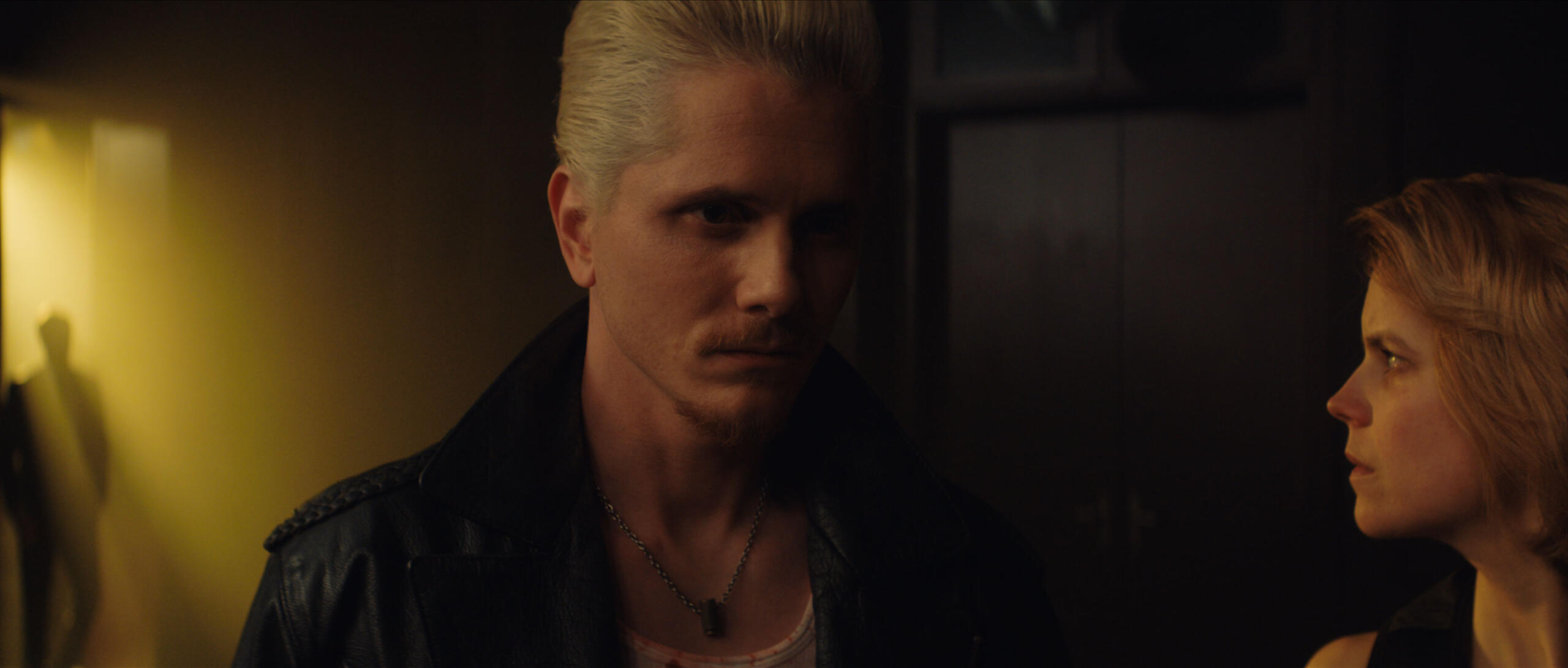
However, providing clarity and subconscious orientation to the audience in a nonlinear storytelling structure is not the only reason for embracing bold, vibrant colors in your lighting choices. It also grants you control over every color that appears within your set. If your entire scene is bathed in red, blood will merely register as another shade of red, effectively rendering the scene black-and-white while retaining the visceral impact associated with the primal instinct that red signifies for all of us: danger. This not only diminishes the explicit gore of the scene, similar to a black-and-white depiction, but also intensifies the shared anticipation of danger that both “Zea” and the audience experience.
In another scene, opting for a strong blue hue spared the art department from the time intensive task of redecorating an entire library to match our color scheme. Simultaneously, the blue hue amplifies the somber and despondent undercurrents influencing the characters' decisions.
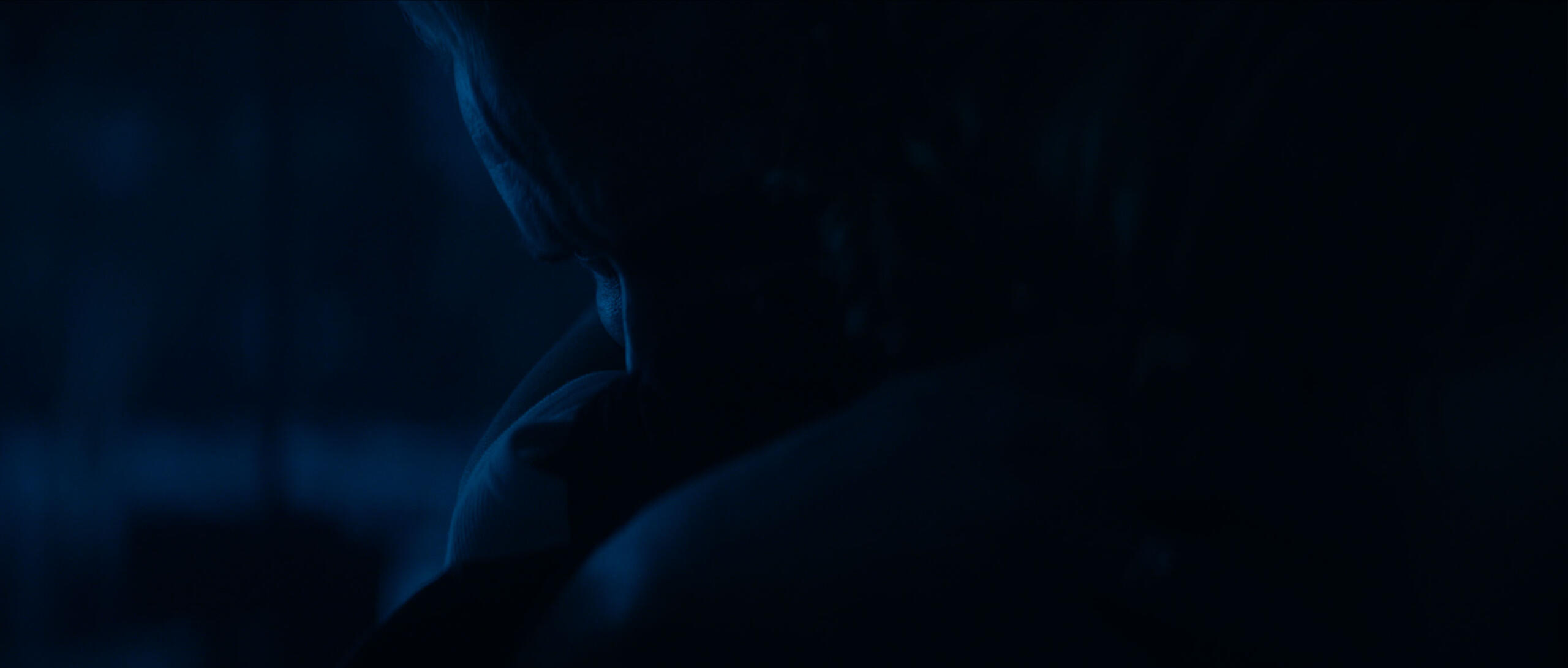
One might assume that these decisions and color choices were made during post-production. However, we meticulously planned everything, including how to achieve specific shades using colored gels on tungsten fixtures. Our exhaustive testing not only involved assessing how different hues would translate on the Alexa sensor but also to explore how they mixed and how they would play with simple and efficient grading adjustments.
Based on these meticulously planned tests, Greg Fischer at Company 3 was able to provide us with a single show lut that worked for the entirety of the shoot in every set up.
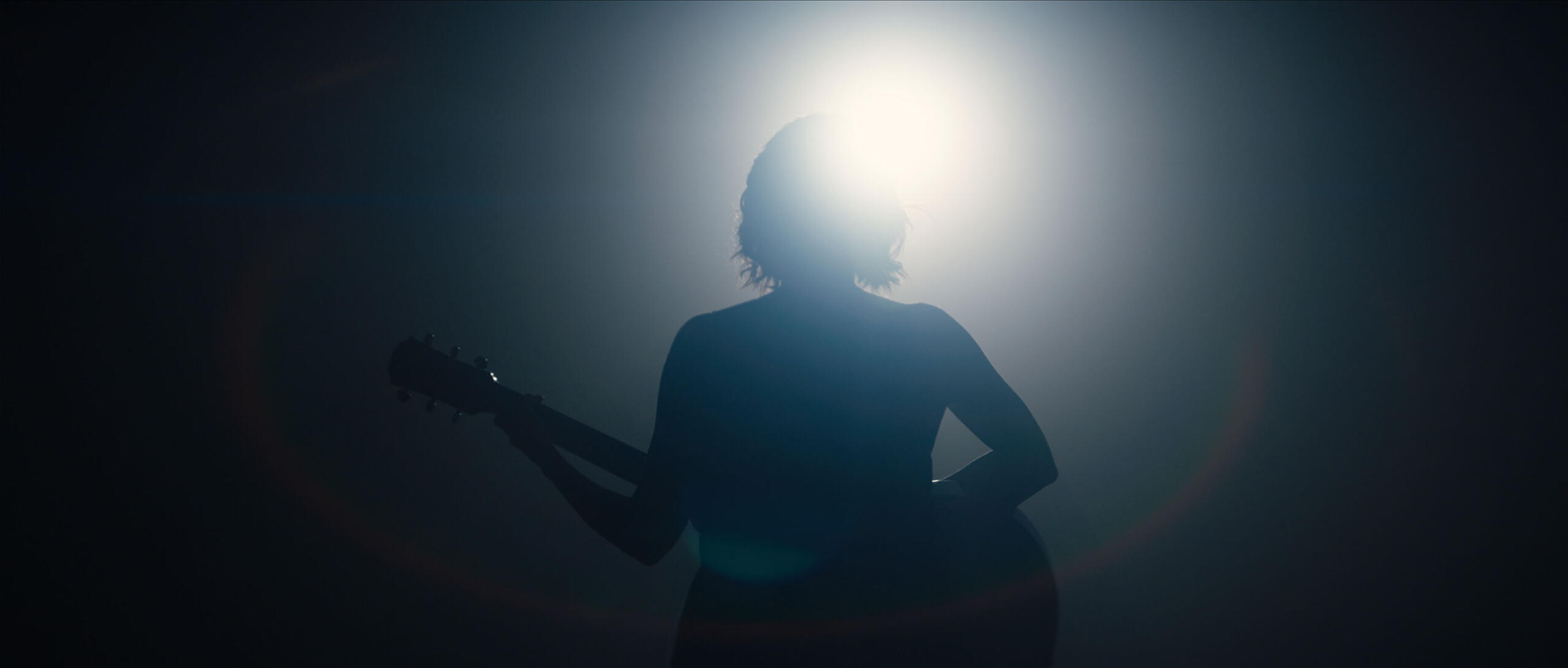
Working with this look and preplanned lighting choices enabled us to work almost in an analog way, as if we worked with a custom film stock developed just for us. This not only offered perfect precision in guiding the colours through the whole pipeline but also greatly improved consistency and efficiency in the color grading process. Consequently, we could dedicate more of the extremely talented James Slattery’s time to fine-tuning intricate details without having to find our broader look first.
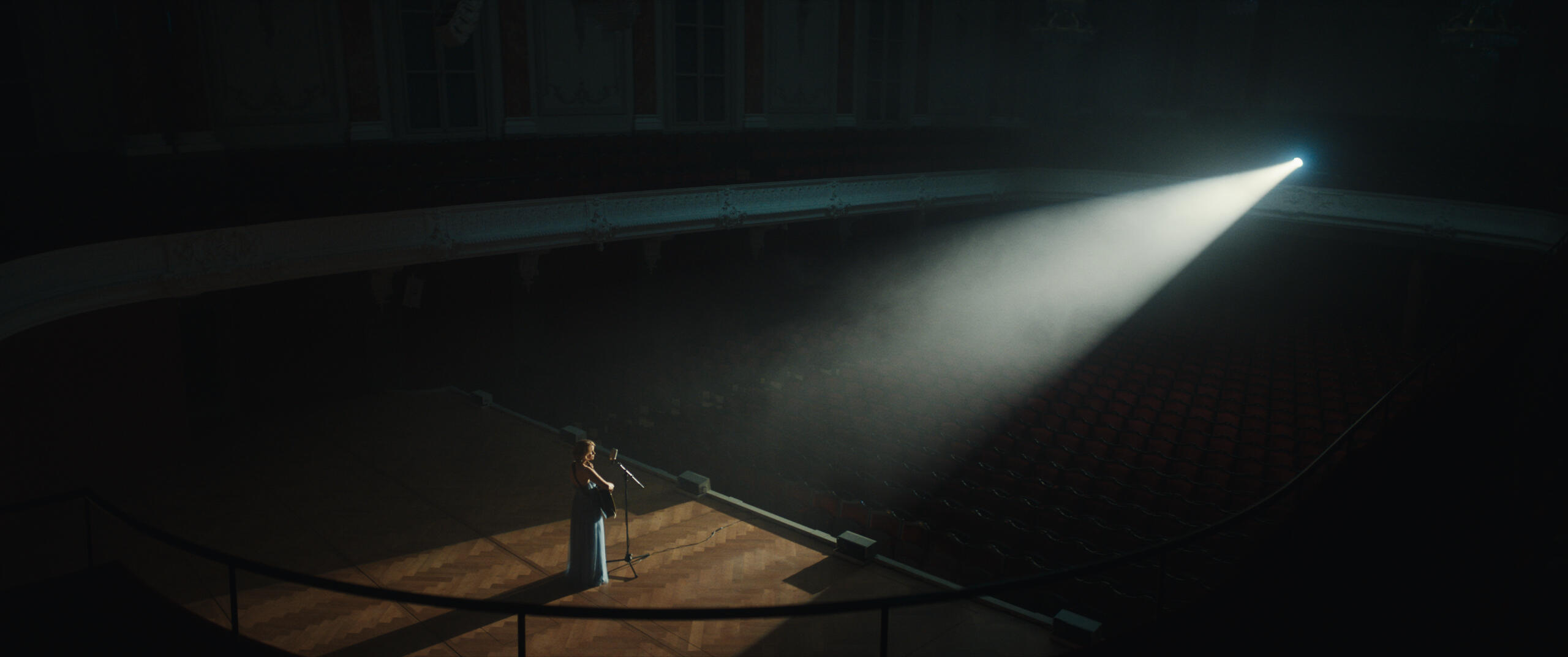
This approach effectively shifted a substantial portion of decision-making and work to the pre-production phase, ultimately resulting in cost savings. As a cinematographer, it empowered me to meticulously craft a unique and original world for the story. Within this initial framework, we could refer back to the predefined rules and concepts, safeguarding against the pitfalls of unoriginality by steering clear of existing references. What's truly remarkable about this approach is that it can fortify you against artificial intelligence taking over your job. If you ever wondered about what cinematographers would be replaced first by AI and if this could be you, you might also have pondered your reliance on still references such as "shot deck" and other established databases, which could serve as ideal training material for image-generating algorithms. Have the courage to harness your human intuition and creativity, leveraging your knowledge and practical experience to visualize a world that no neural network could replicate using color and exploring new concepts.
director of photography
